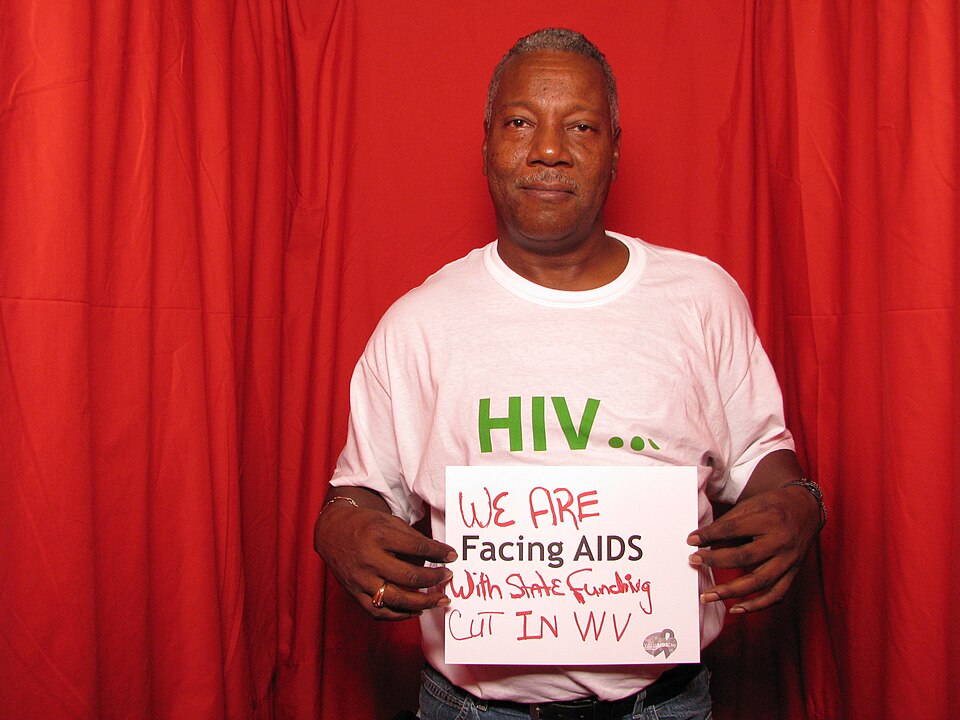Global Funding Cuts Endanger HIV Progress Amid Urgent Calls for Support

Countries worldwide face a critical juncture in the fight against HIV/AIDS due to significant funding cuts, particularly following the withdrawal of support from the United States, which has historically been the largest contributor to global HIV efforts. The United Nations Programme on HIV/AIDS (UNAIDS) has issued a warning that this reduction in funding could reverse decades of progress and lead to a dramatic increase in new infections and deaths.
On July 22, 2025, UNAIDS presented its annual report in Johannesburg, South Africa, where Executive Director Winnie Byanyima emphasized the severity of the situation. “This is not just a funding gap – it’s a ticking time bomb,” Byanyima cautioned, highlighting that a complete withdrawal of U.S. funding might result in an additional six million new HIV infections and four million HIV-related deaths by 2029. The report indicates that 1.3 million new HIV infections were recorded globally in 2024, a statistic that underscores the urgent need for continued support.
The U.S. Agency for International Development (USAID) recently ceased its operations, which included the President’s Emergency Plan for AIDS Relief (PEPFAR). This program had committed approximately $4.3 billion in bilateral support across more than 50 countries for 2025, crucial funding that has now been lost. The abrupt change in U.S. foreign aid strategy has prompted a rapid decline in HIV services, according to Byanyima, who noted that health workers have been sent home and vulnerable populations, particularly children, have been pushed out of care. This withdrawal has disproportionately affected prevention programs, which are critical for controlling the spread of the virus.
As the international community grapples with these changes, the upcoming 13th IAS Conference on HIV Science (IAS 2025) in Kigali, Rwanda, scheduled for July 13-18, 2025, serves as a pivotal moment for the HIV research community. IAS President Beatriz Grinsztejn remarked that while scientific breakthroughs provide hope, the risk of funding cuts threatens to stall clinical trials and impede progress made so far. “We’re witnessing extraordinary scientific breakthroughs that could transform prevention and treatment and even bring us closer to a cure,” Grinsztejn stated during a recent briefing.
The ramifications of these funding cuts extend beyond immediate health impacts. Kenneth Ngure, IAS President-elect, expressed concern over the deep effects felt across Africa, where millions rely on HIV prevention, testing, and treatment services. The UNAIDS report revealed that in 2024 alone, 630,000 individuals died from AIDS-related causes, with a staggering 61% of these deaths occurring in Sub-Saharan Africa. Alarmingly, data shows that over 210,000 adolescent girls and young women aged 15-24 acquired HIV in 2024, translating to approximately 570 new infections each day.
Research conducted by Meg Stevenson, Senior Research Data Analyst at Johns Hopkins Bloomberg School of Public Health, indicates that 21 out of 24 community-based organizations surveyed in Latin America and the Caribbean had their U.S. funding suspended, resulting in budget losses that often represented half or more of their annual funding. “These organizations reported that over 150,000 beneficiaries will lose access to HIV treatment and prevention services,” Stevenson noted, emphasizing the dire consequences for vulnerable populations.
In response to the escalating crisis, Zackie Achmat, founder of the Treatment Action Campaign and a prominent activist, called for urgent debt refinancing to safeguard the HIV response in low- and middle-income countries. “The convergence of crushing debt and funding cuts threatens everything we’ve built,” Achmat stated, advocating for debt restructuring that allows nations to prioritize health investments over debt servicing.
The consensus among experts is clear: urgent action is needed to prevent a resurgence of the HIV epidemic. As the global community watches closely, the future of HIV prevention and treatment hangs in the balance, underscoring the necessity for renewed commitment and support from both rich and developing nations alike. The implications of this funding crisis could reverberate through generations, potentially undoing the hard-won progress in combating HIV/AIDS and threatening the lives of millions.
In conclusion, the current funding landscape poses a significant threat to public health achievements in the fight against HIV. The need for international solidarity, collaborative funding efforts, and a commitment to sustainable health infrastructure has never been more pressing as the world confronts this looming health crisis.
Advertisement
Tags
Advertisement





